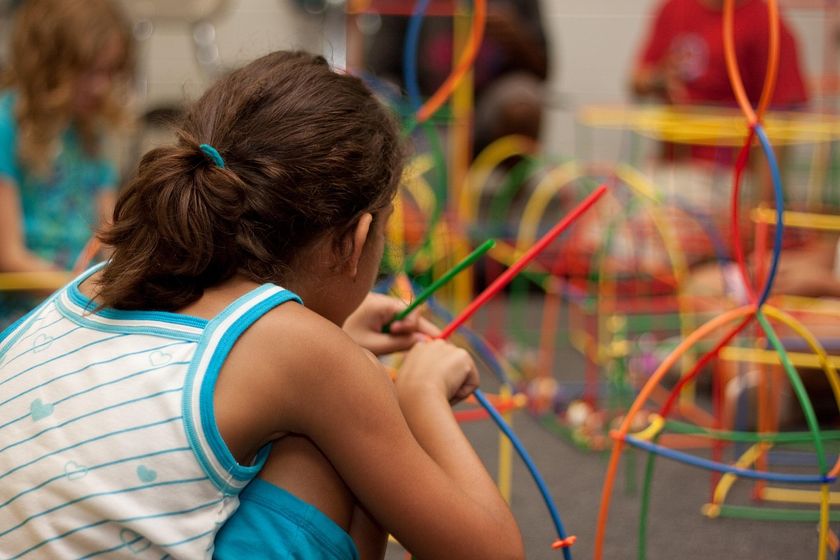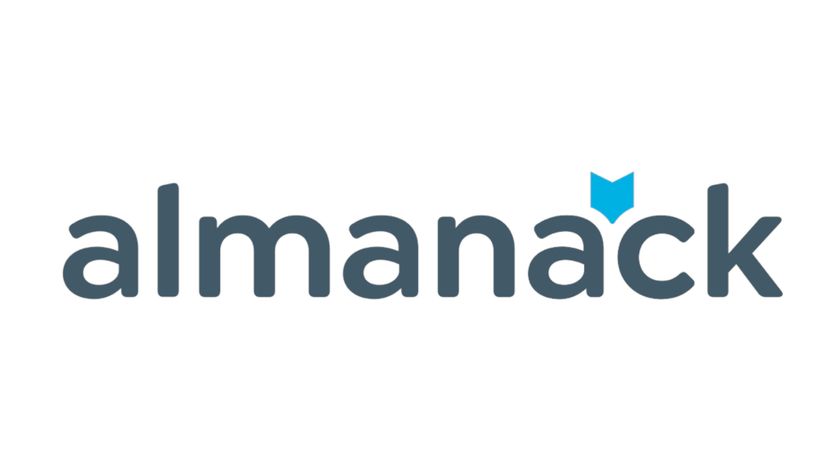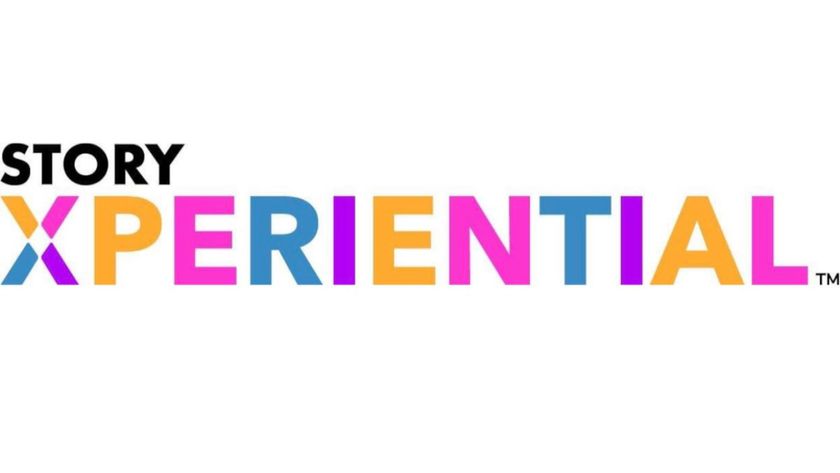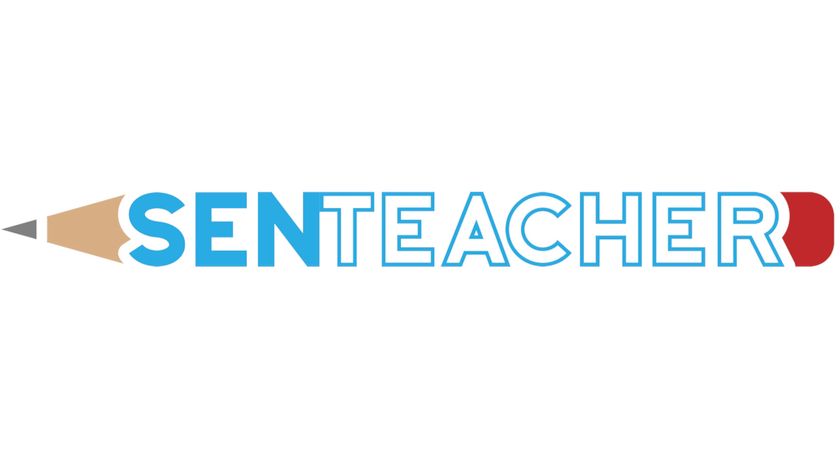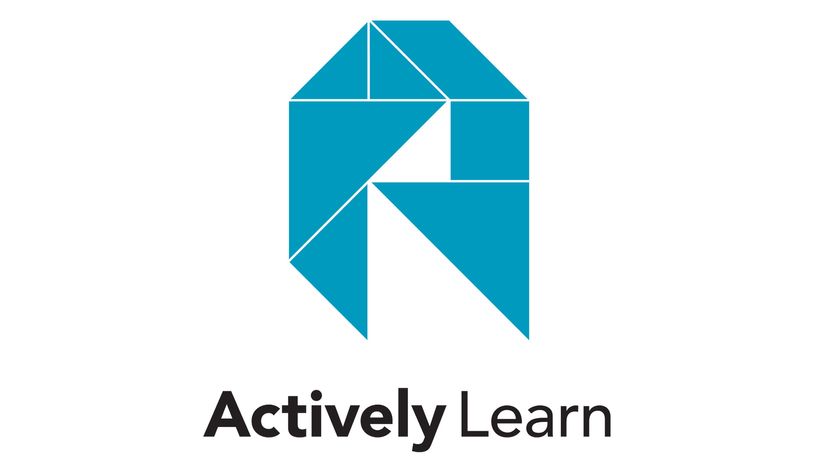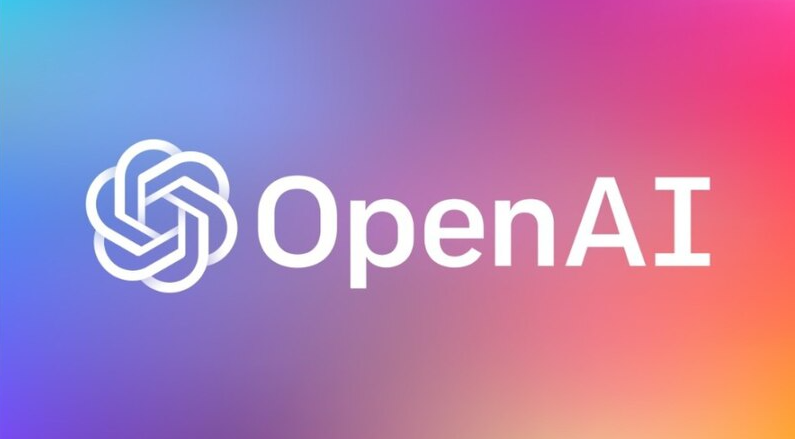How to Find an Education Grant
Knowing where to look is the first step in how to find an education grant

Every school and district needs extra money to accomplish special programs. Sometimes the need is for a large-scale, district-wide approach to achievement while other times it’s for a classroom or school-wide plan to implement new ideas or programs.
Ultimately, searching for the right program is complex. Where you start matters.
Identifying Funding Sources
Let’s begin with a need for a big grant: You have a big idea that you want to implement for a great number of schools and students.
Tech & Learning’s Grant Guide describes various types of grant programs, and there are grant search sites that are the best places to find these funds. Each is different and has a different way to search. Most are subscription-based. So review each carefully (some offer a free trial) to decide which will be the best for your needs.
The most often used are:
Candid, a merger of the Foundation Center and GuideStar, has comprehensive data tools on nonprofits, foundations, and grants, and include the Foundation Directory Online and a database of individual 990 forms of private foundations, public charities, and other nonprofits. A subscription is required.
Grants.gov allows users to search for federal grants. For example, educators can look for technology grants by using a key word or clicking on the category. This site is free.
Tech & Learning Newsletter
Tools and ideas to transform education. Sign up below.
Grant Gopher offers a free trial to look for grants in its grant research database by state, county, program, and keywords. You can save your searches and get email alerts about new matches.
Grants Watch posts federal, state, city, local, and foundation grants that are categorized by type (for example, teacher grants). This site requires a subscription.
Small Grants for Educators
New programs, even big ones, often start as pilots in one classroom or school. Any new program depends on the zeal and energy of the educators launching it, and sometimes requires just a relatively small outlay of funds. Tech & Learning’s grants calendar is a good place to go to find an assortment of funding opportunities that might address your needs. The list is by deadline and includes URLs.
Many varieties of small grant opportunities are offered by various types of organizations that want to see a specific approach or spark new ideas with a defined amount of money. Some have deadlines; others are ongoing. Some are national; others are local.
A few examples include:
- Toshiba America Foundation Science and Math Grants is an example of a corporate foundation’s nationwide giving program.
- The National Association of Biology Teachers Awards offers a large variety of awards in partnership with other organizations.
- The NEA Foundation Learning & Leadership Grants has provided funding to thousands of educators, enabling them to develop their professional practice to improve student learning.
Fundraising and Donation Sites
If you have a project in mind and need a moderate amount of money to pursue it, there are websites that help you organize and manage online. From crowdfunding to fundraising and other options in between, these sites can help teachers and classrooms get items and funding. For example, Digital Wish is a nonprofit that helps teachers solve technology shortfalls in their classrooms. With Donors Choose, teachers post what they need. A more complete list is here.
If you’re not experienced in writing grants, it makes sense to start small. Once you’ve gotten one grant, the second proposal -- even if it’s more complex -- will be easier to tackle. And a classroom, school, or district success is a great way to introduce your next proposal. You can leverage the program into a bigger one and build one success on another.
Last But Not Least: Research the Source
Writing a proposal is a lot of work. After you’ve found one or two that you think are perfect and before you start to write, review the grant givers to make sure they are reputable and actually offer the kinds of grants you need.
Fortunately, almost all of the research can be done without leaving your computer screen. You can look into their funding history online; review their websites (and success stories) thoroughly; check out their social media presence; and contact them directly through email so you have someone who can guide you through their process.
Gwen Solomon was Founding Director of The School of the Future in New York City, Coordinator of Instructional Technology Planning for New York City Public Schools, and Senior Analyst in the U.S. Department of Education’s Office of Instructional Technology. She has written and co-authored several books and many magazine articles on educational technology.
